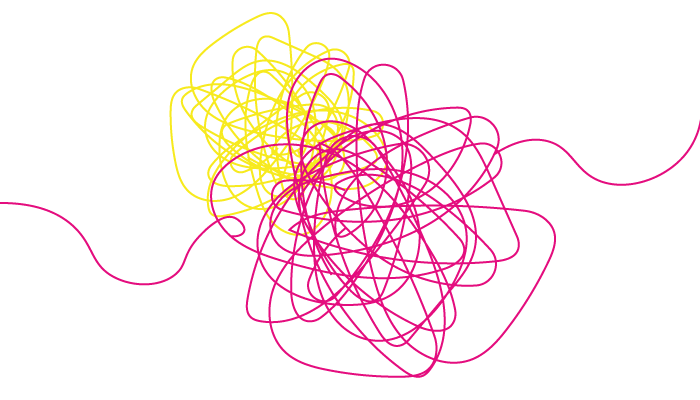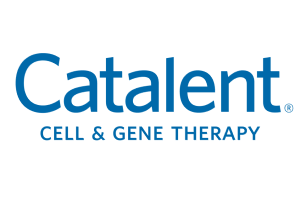
Researchers at the University of California, Riverside have used a technique known as electrospinning to develop a membrane made of polymeric threads that enables localized administration of drugs to sites in the body (1). The membrane is loaded with therapeutic material and embedded into a hydrogel, and the researchers expose it to shock waves that generate an electrical charge, allowing for controlled release of medicines.
According to the team, changing the size of the threads achieves different release kinetics. Smaller threads can deliver drugs to deep tissues; larger threads administer medicines to subcutaneous tissues. The Riverside researchers expect that their method could help overcome various traditional drug delivery challenges, including the nonspecific distribution of medicines throughout the body.

The technology transfer for BrainStorm's NurOwn® autologous cell therapy at Catalent’s facility has been finalized. NurOwn will be manufactured at Catalent’s world-class 32,000 square-foot cell therapy manufacturing facility in Houston.

References
- T Jariwala et al. ACS Appl. Bio Mater. (2021). DOI: 10.1021/acsabm.1c00232




